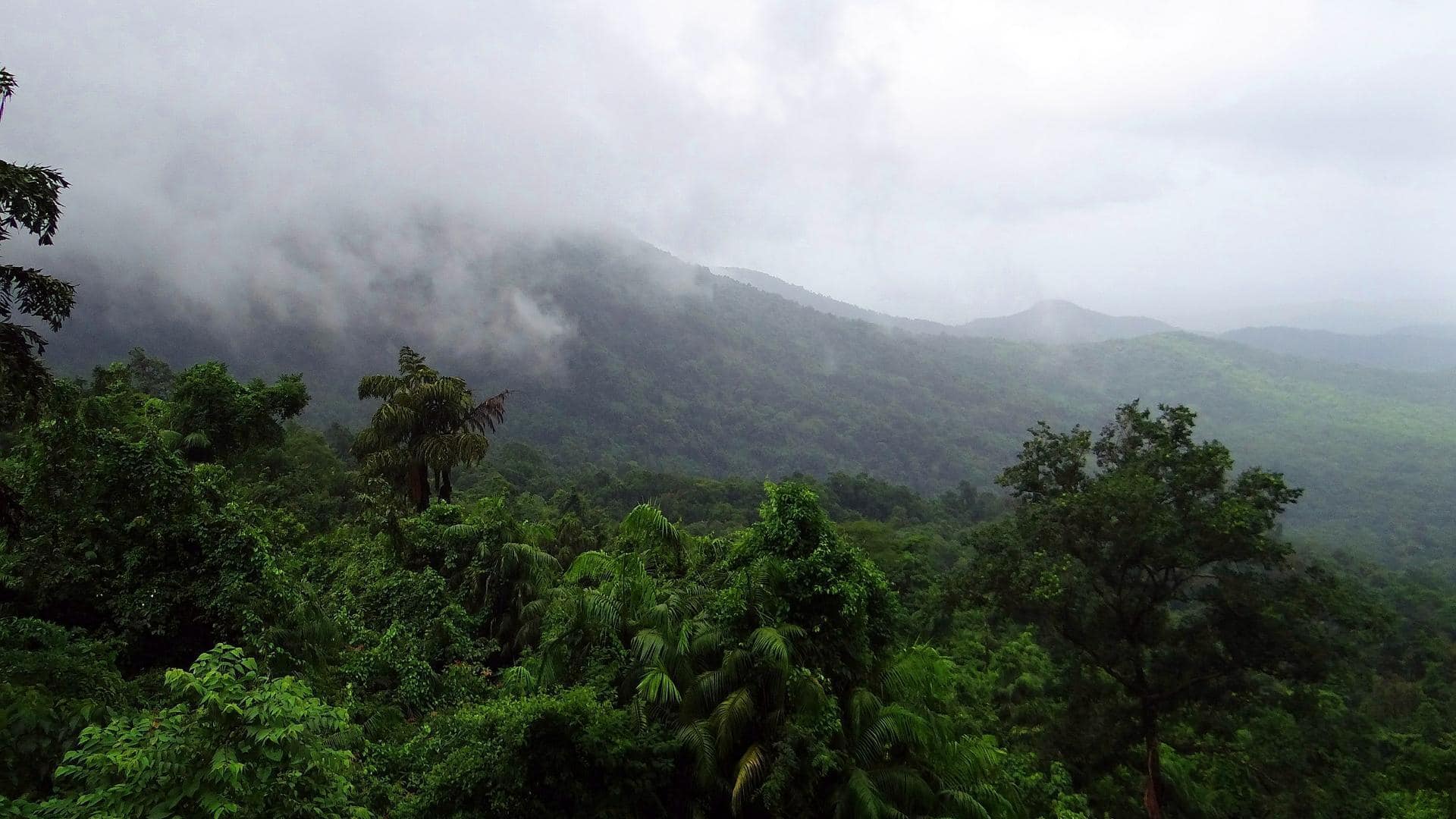
Why Ecuador's cloud forests are a must-see
What's the story
Ecuador's cloud forests are a biodiversity treasure trove, presenting a unique ecosystem hosting a variety of flora and fauna. Shrouded in mist, the forests house countless species that are found nowhere else on Earth. The constant moisture from the clouds makes for an environment where plants and animals flourish in abundance. Here, we explore Ecuador's cloud forests and some amazing species that call it home.
Orchids
Orchids: Nature's masterpieces
Ecuador is home to more than 4,000 orchid species, making it one of the richest countries for these plants. The cloud forests make for ideal conditions for orchids to flourish with their high humidity and moderate temperatures. These flowers come in all colors and shapes, often adapted to attract specific pollinators like hummingbirds or bees. Some orchids even mimic insects to lure them in for pollination!
Birds
Birds: A symphony in the trees
The cloud forests are a birdwatcher's paradise with over 1,600 bird species recorded in Ecuador alone. These include colorful toucans, vibrant tanagers, and the elusive quetzals. Another famous resident of the cloud forests is the Andean cock-of-the-rock, known for its striking red plumage and unique mating displays. Bird enthusiasts flock to these forests in hopes of catching a glimpse of these avian beauties.
Amphibians
Amphibians: Hidden gems of the forest floor
Ecuador's cloud forests host an impressive diversity of amphibians, including frogs and salamanders. Many species are endemic, owing to their specialized habitats in these moist environments. The glass frog, for instance, is particularly intriguing, with its translucent skin revealing internal organs beneath it. Poison dart frogs also display vivid colors as warnings against predators.
Mammals
Mammals: Elusive inhabitants
While mammals may be harder to spot than birds or amphibians, they still play crucial roles within this ecosystem, including seed dispersal and controlling insect populations through predation activities by bats, amongst others. Spectacled bears, which roam higher altitudes searching for food sources, depend on availability factors influencing survival rates. Overall, success stories told about them here today highlight their importance.